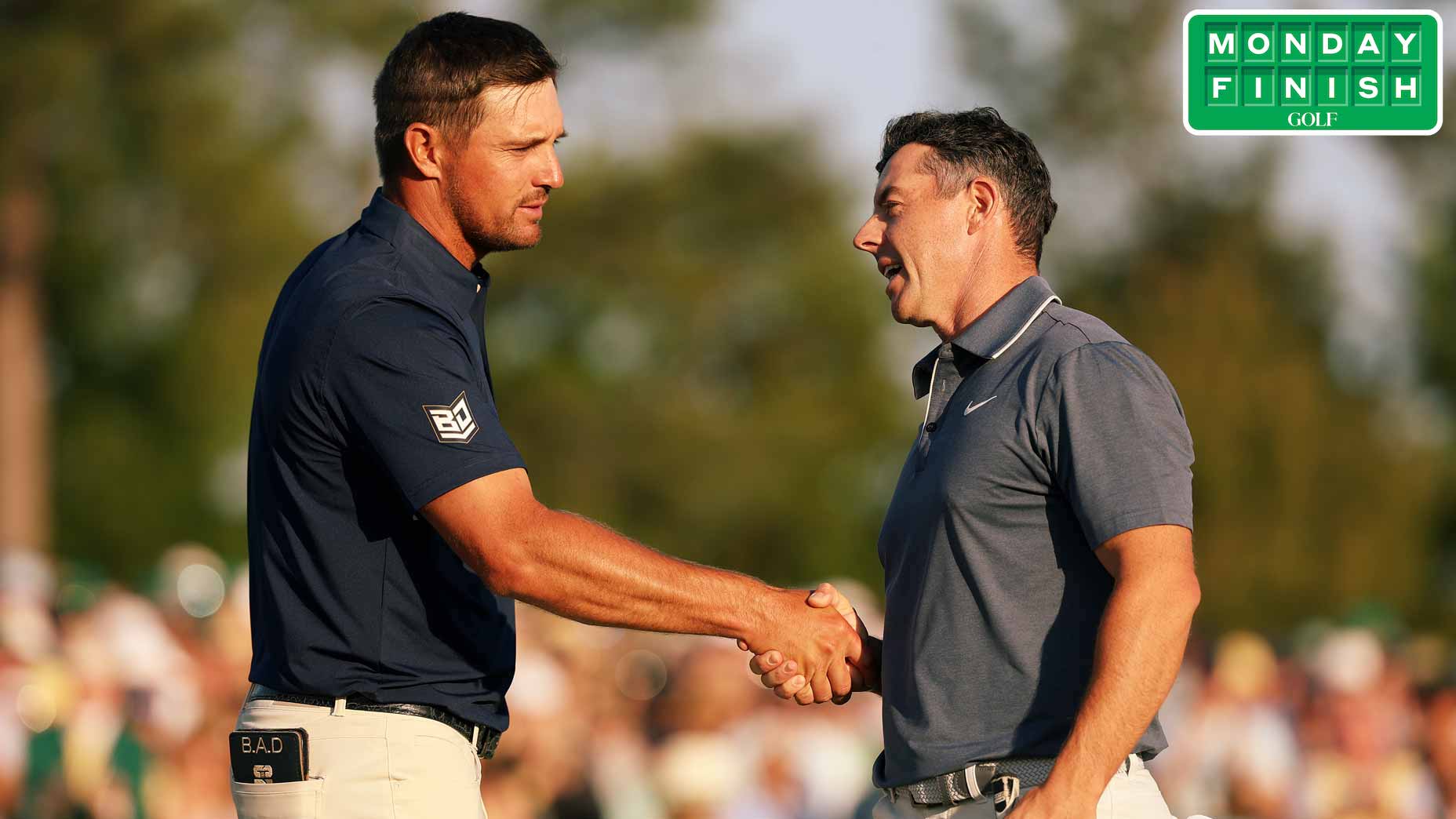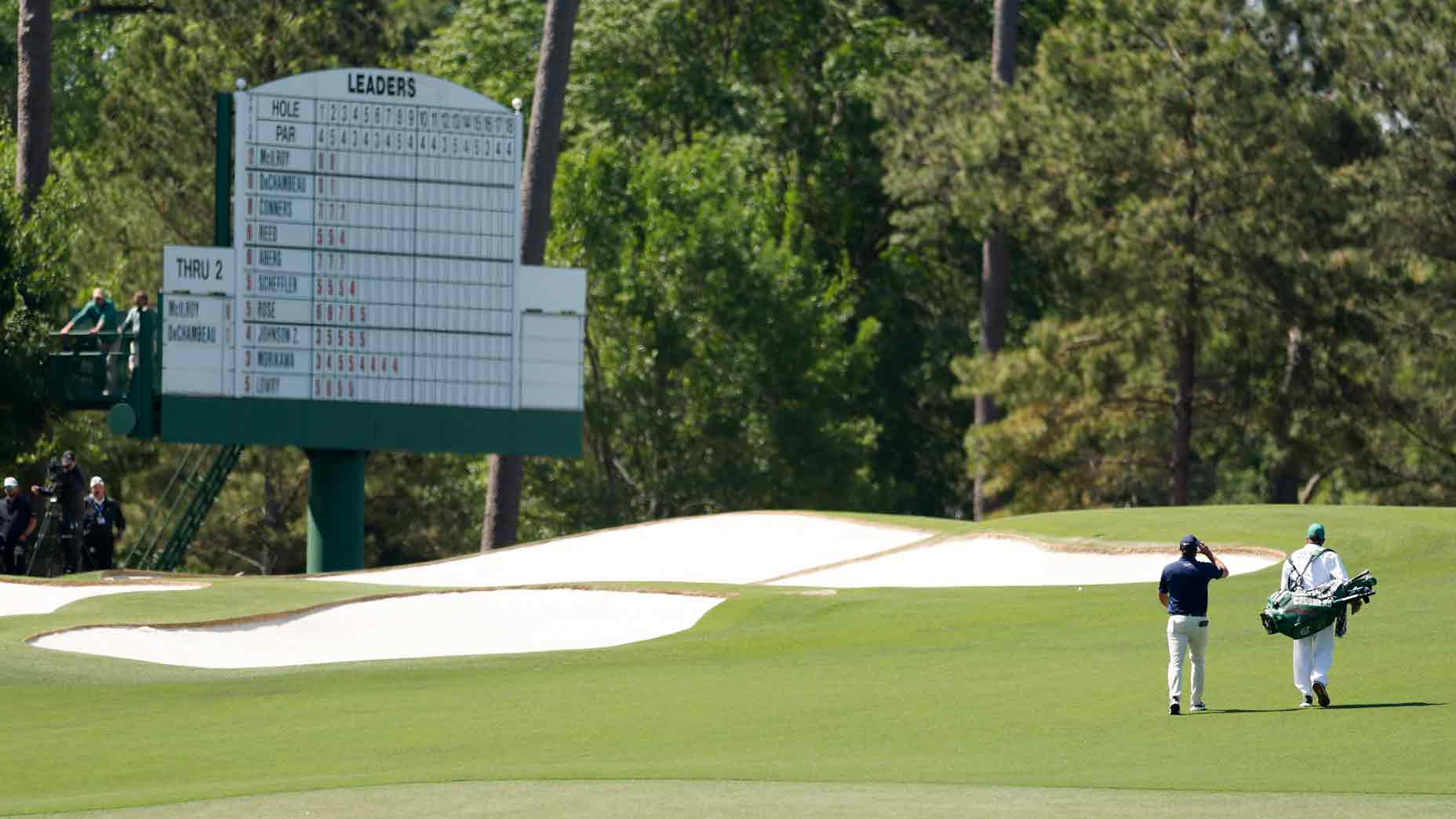Over the last century, the Land of the Rising Sun has built more golf courses than the rest of Asia combined. Here’s a timeline of notable developments in Japanese golf, beginning with the country’s introduction to the game.
1901: It’s not a full 18, but it satisfies the needs of Arthur Hesketh Groom, the British expat who builds a four-hole loop as a private playground, which expands two years later into a nine-hole layout. Behold Kobe Golf Club, the first course in Japan.
1913: Growing domestic interest in the game gives rise to the Tokyo Golf Club, the first golf club in the country established by and for Japanese golfers.
1940: During World War II, a number of the country’s courses are requisitioned by the Japanese military. After the Allied victory, many of these same courses are seized by U.S. forces.
1942: Future Golf Hall of Fame inductee Isao Aoki is born.
1950-60: As Japanese courses return to Japanese control, the game enjoys a surge. Along with new courses, an on-course highlight: the 1957 win by Nakamura Torakichi in the Canada Cup, an event now known as the World Cup.
1973: The Japan Golf Tour is established.
1980s: A booming Japanese economy, combined with the passage of a law relaxing land-use restrictions, triggers more course construction. By decade’s end, there are more than 1,000 courses across the country.
1989: Masashi Ozaka, aka “Jumbo,” begins a run of 200 consecutive weeks in the top 10 of the OWGR.
1990: Minoru Isutani, a controversial Japanese businessman, purchases Pebble Beach for an estimated $850 million, only to sell it two years later to another Japanese outfit for a reported $500 million.
1992: Hideki Matsuyama is born.
2016: Tom and Logan Fazio complete renovations of the East Course at Kasumigaseki, host venue for the 2020 Olympics.
2017: Matsuyama rises to number two in the OWGR, the highest position ever for a Japanese golfer.
2018: Bowing to pressure, all-male Kasumigaseki admits its first female members.









